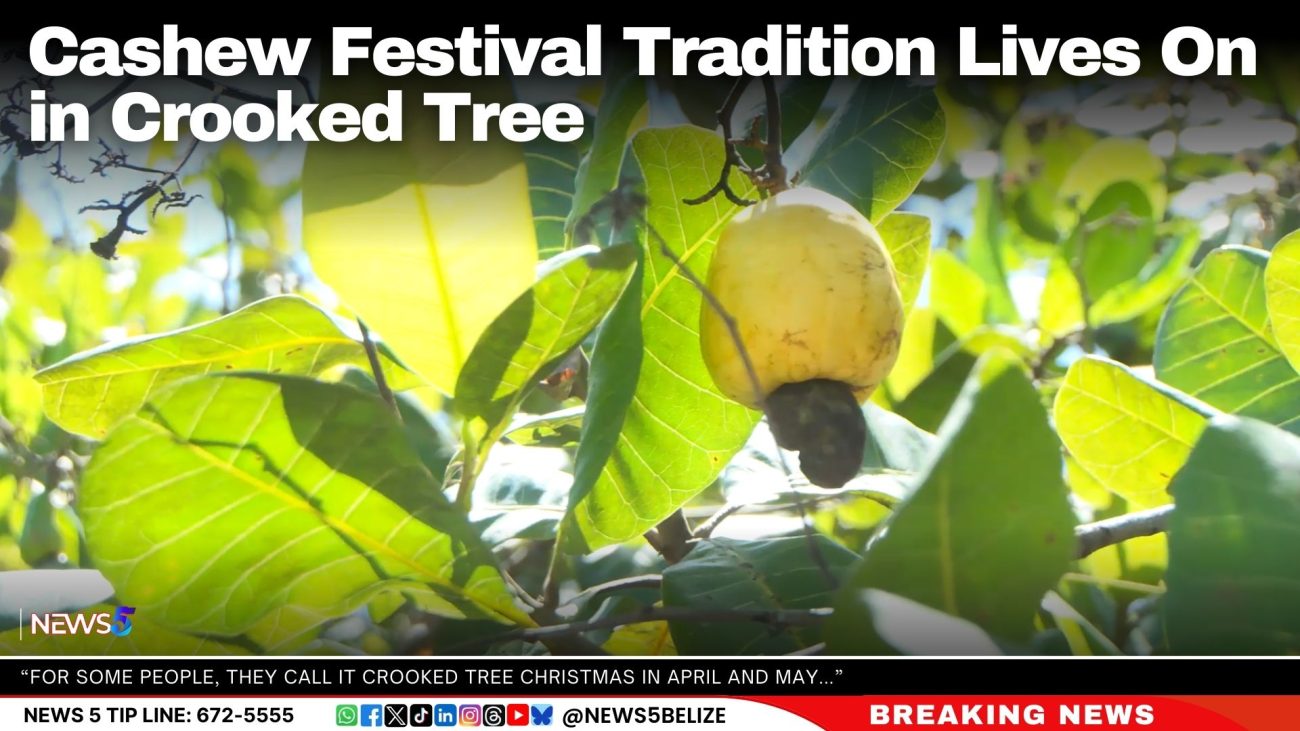Cashew Festival Tradition Lives On in Crooked Tree
The vibrant Crooked Tree Cashew Festival and Agricultural Show made a flavourful return this past weekend, drawing Belizeans from all over the country to celebrate a cherished tradition rooted in community, culture, and cashew. Now in its 37th year, the annual event transformed the village’s football field into a hub of activity, offering a wide array of cashew-based treats—from the traditional to the innovative.
Crooked Tree Village Chairman, George Tillett, reflected on the festival’s humble beginnings. “It is that time of year,” Tillett said. “For some people, they call it Crooked Tree Christmas in April and May, because that is when a lot of cash is generated through these famous cashew products. It’s a tradition that goes on from year to year—only getting better.”
The event highlights the versatility of the cashew fruit, with stalls boasting everything from jams, jellies, pastries, and wine to more experimental items like pickled cashew and cashew milk. Long-time resident Verna Samuels stressed the effort put into showcasing the fruit in new and creative ways. “We’re trying to make as many things as possible out of cashew,” Samuels explained. “We’re sticking to traditional jams, juices, jellies, desserts, pastries, even butter. But this year we’re also trying things like pickling cashew and bringing back preserved versions. And we’re giving cashew milk another go—it tastes a bit like almond milk, and people seem to like it.”
Across the venue, both traditional and non-traditional dishes infused with cashew were on display. Residents like Joan Marie Swasey Arana and Ricky Burns showed off their techniques for preparing the fruit and nut.
“The fruit is very important—especially for people that make wine, jams, and jellies,” said Burns. “But with the recent dry weather and heat, we don’t get as many fruits as we used to. Still, we collect them, separate the nuts, wash, dry, and roast them. It’s a process, but the value is worth it.”







Facebook Comments